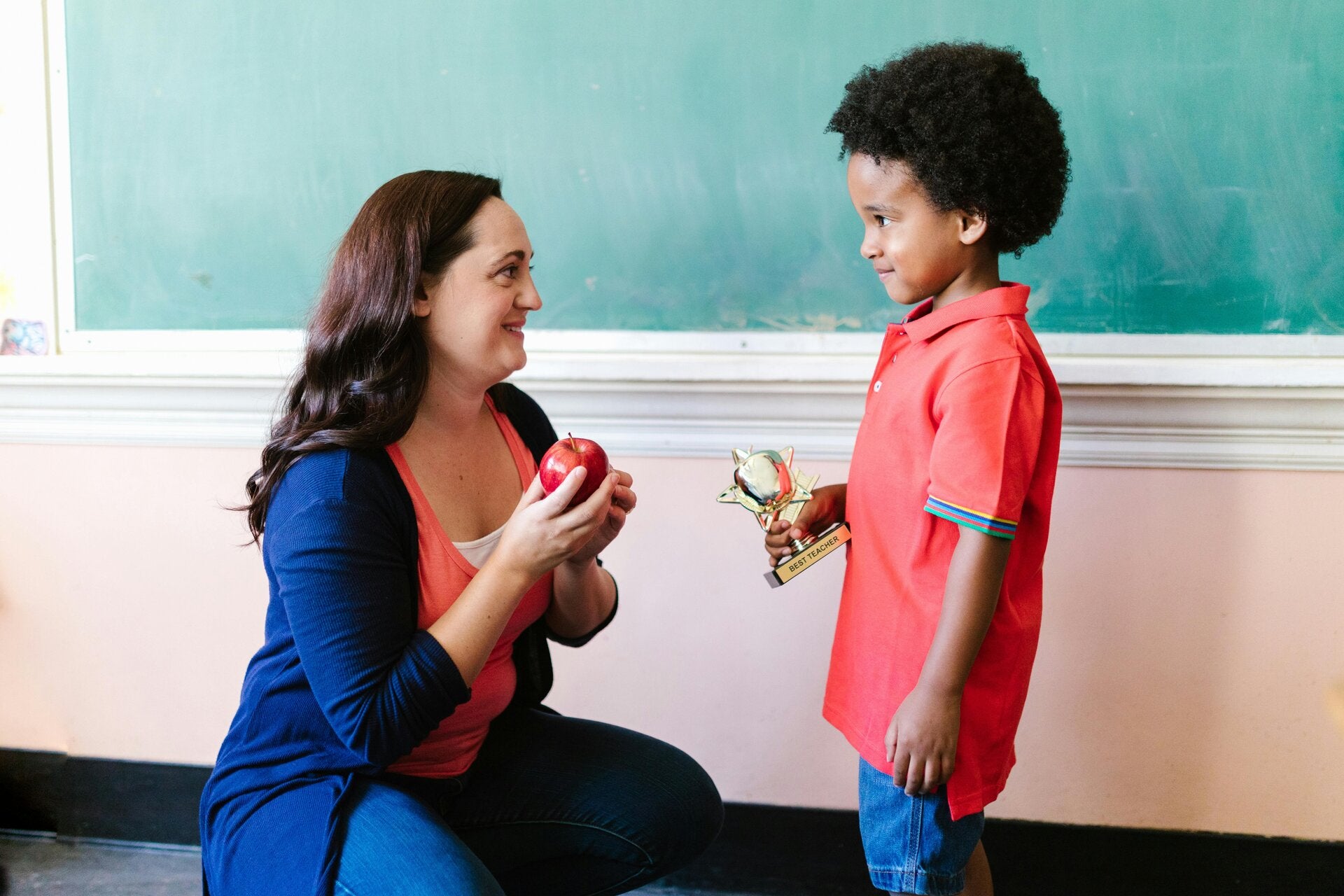Sociocultural and Cognitive Factors
Student Motivation and Engagement in the Classroom
Socioeconomic, Cultural, and Cognitive Factors
How Student Motivation and Engagement is Affected
Socioeconomic: Students from low-income backgrounds may face challenges accessing resources needed for homework, such as internet, needed to complete homework, time for homework, and feeling supported, which can affect their motivation and willingness to engage.
Cultural: Also, students' cultural experiences and values can influence their learning styles, beliefs about education and how they interact with teachers and peers, and differences between classroom practices and a students' cultural norms can lead to disengagement.
Cognitive: Each student has their own learning style, (e.g., visual, auditory, kinesthetic, or tactile) of these styles a student may have one or a combination of learning styles. If a teaching method doesn't align with a student's learning style it can negatively impact their engagement and motivation.
Students' who believe in their ability to succeed, knows and understands their learning style, and sets reachable goals, are more likely to be motivated and engaged in learning.
A supportive family environment, with parental involvement and encouragement, can significantly impact a student's motivation and engagement in school.

How Teachers' Address and Overcome in the Classroom
Teacher's can address and overcome these factors in the classroom by building strong relationships with the students. Although improving students' relationships with teachers has important, positive and long-lasting implications for for students' academic and social development, solely improving a students' relationship with their teacher will not produce gains in achievement. (Kaufman, 2025).
Strong relationships built on respect and trust, are crucial for student engagement and motivation. A classroom where students feel safe and supported allows them to take risks, ask questions, and learn from their mistakes without fear of judgement. Furthermore, creating a positive learning environment, that values diversity and inclusion fosters a sense of belonging for all students. Additionally, by responding calmly and consistently to disruptive behavior, while also acknowledging the students' feelings, can create a more positive classroom environment. (Rimm-Kaufman & Sandilos, n.d.)

Teacher Attributes that Promote
While teachers have many positive attributes that promote engagement and motivation, two of the most crucial are creating a welcoming and safe space, and building strong teach-student relationships.
By creating a welcoming and safe space, students are able to feel respected, and valued enabling them to feel comfortable taking risks and making mistakes, without the fear of criticism. This also helps the student learn that making mistakes is part of the learning process, these two attributes alone create an inclusive, harmonious atmosphere within the classroom. Furthermore, the ability to build strong teacher-student relationships, getting to know their students personally, modeling empathy, kindness, compassion, and supporting open communication, (Millacci,2022).

Teacher Attributes that Hinder
Two attributes that may hinder student motivation and engagement are, Control and negative feedback.
In a Controlling classroom, the Teacher controls the answers, learning materials and uses language like "should" or "have to," which lowers autonomy and motivation and increases frustration. In controlling classrooms, students avoid challenges because they are afraid of failure. They work toward external rewards or to avoid possible anxiety or shame caused by mistakes (Parish, 2022).
Negative feedback from the teacher can have a strong impact on the student affecting their confidence. If negative feedback is given repeatedly or is focused only on errors or deficiencies, the student may become discouraged or demotivated (Young, 2000).That being said, negative feedback can be an effective tool to identify areas of weakness in their performance, allowing them to improve their skills. However, It is important for feedback to be given constructively to avoid discouragement or demotivation (Aslam & Khan, 2021).
At Home and At School
Here are a few fun exercises we can to with our students to improve motivation and engagement in the classroom that our students' mk,parents can also do at home.
Group activities for example, make a Gratitude Board for the classroom, write things you are grateful for and share with the group, then pin your gratitude card on the gratitude board (Poole, 2024).
Another fun exercise is making self-compassion cards, this is a great tool for helping teach children about compassion and what it means to be compassionate to yourself with the kindness and understanding you would give to others. Self-compassion can enhance resilience, improve academic performance, and promote emotion regulation and more adaptive learning styles (Poole, 2024). Self-compassionate students also have reduced fear of failure, better able to cope with academic pressure and setbacks and more likely to adopt growth mindsets (Poole, 2024).
Last but not least, this exercise involves Reflecting on Everyday Positive Experiences. According to Positive Psychology, on a typical day people experience three positive events for every negative event (Poole, 2024), yet tend to focus on the negative instead of the positive. In this exercise, students will write about everyday positive experiences. By bringing awareness to enjoyable experiences, they will be able to focus on the positive experiences, increasing feelings of gratitude, optimism, and satisfaction with their school experience. The goal of this tool is to help students cultivate a positive mindset by acknowledging and appreciating the good in their daily lives.
"I can't say enough about the outstanding educational experience I received from this course. The team went above and beyond to meet our professors requirements and exceeded our expectations."
Melody Wiggins